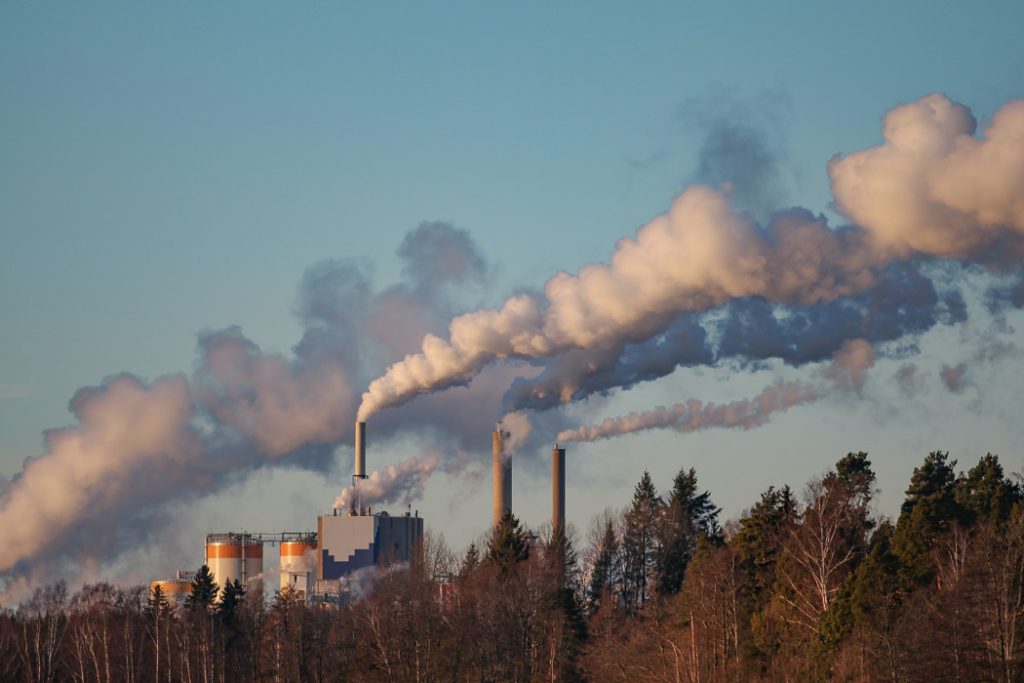
Who pays the price of the climate crisis? For many living in the Western world, the effects of climate change have been relatively subtle or hard to pinpoint. For others, climate change and greenhouse gas emissions have had major impacts. Human-caused carbon emissions have created massive disparities in the quality of life across the globe due to historical, economic, and geographical reasons. This month, we will take a look at who endures the consequences of global emissions, and who benefits from them.
The Cost of Industry
Ever since the industrial revolution, economic growth has been synonymous with the emission of greenhouse gases and other forms of pollution. Air and water contamination, for example, were rampant in 19th-century London, and coal burning from factories exposed thousands to deadly toxins. This is one example of what economists call negative externalities: social costs that are paid by, but not caused by, a third party. Climate change, greenhouse gas emissions, and pollution (along with their detrimental effects on health and well-being) have long been the negative consequences of growth.
Unfortunately, industrial revolution levels of pollution—and their health toll—are not relics of a distant past. A 2018 publication from the Lancet Commission reports that in 2015 an estimated 9 million premature deaths were caused by pollution—that’s one in six of all deaths globally. And these effects are not distributed equally. The report estimates that roughly “92 percent of pollution-related deaths occur in low-income and middle-income countries.” Furthermore, “in countries at every income level, disease caused by pollution is most prevalent among minorities and the marginalised.” Virtually no pollution-intensive industries have been held responsible for this pollution or have paid the true cost of their operations. Two important points follow from this:
- Producers do not pay the full cost of their polluting activities, therefore generating higher profits at the expense of the most disadvantaged.
- Since producers pay lower costs, they can keep their prices low for their customers. As a result, consumers do not pay the full cost of products they buy, an advantage they enjoy at the expense of the most disadvantaged.
The Inequality
Recognizing the asymmetry of costs and benefits that comes with global emissions is crucial for understanding why inequality and the climate crisis are inextricably linked. The Proceedings of the National Academy of Sciences (PNAS) published a paper in 2019 that concluded that in the United States, non-Hispanic whites experience a “pollution advantage”—that is, ”they experience approximately 7 percent less air pollution exposure than is caused by their consumption. Blacks and Hispanics on average bear a ‘pollution burden’ of 56 percent and 63 percent excess exposure, respectively, relative to the exposure caused by their consumption.”
Understanding the unequal effects of the climate crisis is also important when assessing equitable solutions. While planning a global response to the climate crisis, many developing nations have rightly pointed out that achieving net-zero carbon emissions would be less feasible for them, as their countries have yet to access the food and energy necessities that the Western world already enjoys in surplus.
One solution could be for countries like the United States to implement a carbon tax so that the most carbon-intensive industries—and their customers—pay the true cost of their behaviors. This tax revenue could be redistributed to those most adversely affected by the climate crisis, and used toward subsidizing carbon-saving technologies. It is likely that the average consumer wouldn’t be hurt too much by a carbon tax, as individuals with the most energy-intensive lifestyles—those who own yachts, fly private jets, and air condition big mansions, for example—would pay a much greater share.
Whatever plan we land on, we must ensure that it acknowledges the inequality at the heart of the climate crisis via a broad-based policy solution like a national carbon tax. In the meantime, each of us can take responsibilty to be mindful of our consumption habits and minimize our carbon footprints where possible. Finally, we must keep in mind that we often do not see the true costs of our purchasing decisions. Many products seem inexpensive until the hidden, negative costs are accounted for in the price tag.
